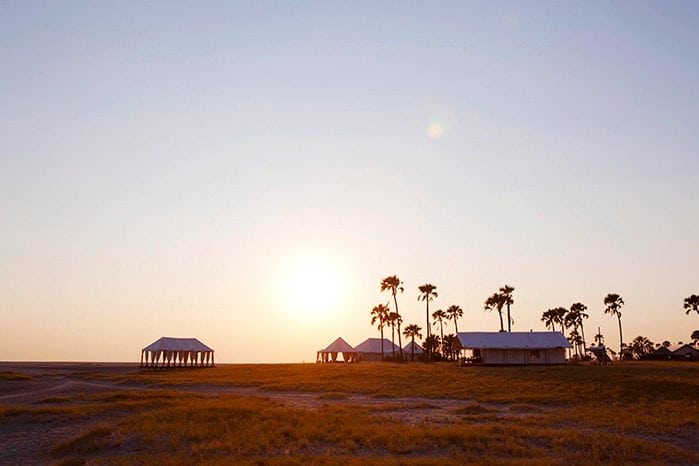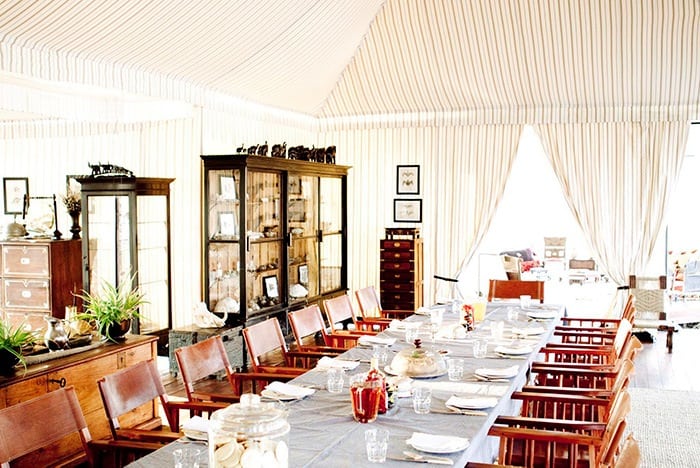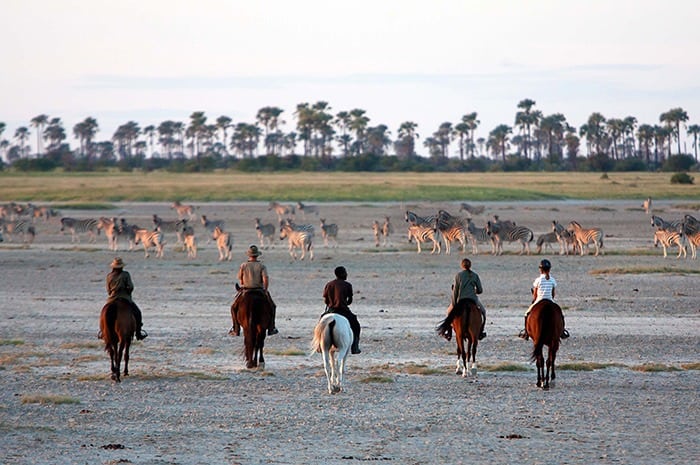- Home
- Botswana
-
-
- Okavango Delta
- Abu Camp
- Baines’ Camp
- Camp Okavango
- Chitabe Camp
- Chitabe Lediba Camp
- Daunara Safari Camp
- Duba Plains Camp
- Eagle Island Lodge
- Jacana Camp
- Jao Camp
- Kanana Camp
- Kwara
- Kwetsani Camp
- Little Vumbura Camp
- Maxa
- Nxabega Okavango Tented Camp
- Sandibe Okavango Safari Lodge
- Seba Camp
- Shinde Camp
- Shinde Footsteps
- Sitatunga Private Island
- Stanleys Camp
- Tubu Tree Camp
- Vumbura Plains Camp
- Xugana Island Lodge
- Okavango Delta
-
- Chobe and Linyanti
- Chobe Bakwena
- Chobe Game Lodge
- Chobe Chilwero
- Chobe River Lodge
- Chobe Savanna Lodge
- Chobe Under Canvas
- Duma Tau Camp
- King’s Pool Camp
- Kwando Lagoon
- Kwando Lebala
- Linyanti Bush Camp
- Mowana Safari Lodge
- Muchenje Safari Lodge
- Savute Elephant Camp
- Savute Safari Lodge
- Savute Under Canvas
- Savuti Camp
- Selinda Camp
- Zarafa Camp
- Chobe and Linyanti
-
-
- Other Destinations
-
- Inspiration
-
-
- Fly in Safaris
- Best of Botswana Safari
- Botswana Migrations and Predators Safari
- Combination of Hwange and Matobo
- Discover Botswana Fly-in Safari
- Explore Delta, Chobe and Hwange Package
- Explore Duba and Selinda Reserves
- Explore Kafuwe National Park in Zambia
- Fly me across Botswana Safari
- Nehimba Lodge and Bomani Tented Lodge
- Fly in Safaris
-
- Planning a Safari
- Contact Us
DISCOVER
San Camp
San Camp is a seasonal camp that overlooks the endless white salt of the extinct Makgadikgadi sea and offers a unique chance to explore the Kalahari. A stay at San Camp is a true desert experience focusing on the area’s geology, archaeology and anthropology, as well as encountering species unique to the area, such as aardvark, gemsbok and springbok. In addition, San Camp is the best place to try and see the elusive and shy brown hyena, rarely seen elsewhere.
San’s classic pale khaki tents, sheltered by a cluster of desert palms, stand majestically on the edge of the salt pans of the Makgadikgadi. A maximum of 14 guests are accommodated in 7 large walk-in canvas tents on slightly elevated wooden platforms with private facilities. San Camp evokes the atmosphere and elegance of a 1940’s east African safari with canvas safari tents, bucket showers, running water, flush toilets, four-poster beds, mosquito net canopies, percale sheets, and paraffin lamps.

San Camp’s main area is a romantic white canvas pavilion with a fluttering valance beneath its eaves reminiscent of a medieval jousting tournament. A long table surrounded by antique bookcases filled with interesting collections of bones, pottery, maps, stone tools and beadwork makes up the communal dining area. The fire pit at the edge of the main tent is an excellent night-time spot to stargaze and reminisce on the day.
Facilities at San Camp include:
- 7 walk-in canvas tents on wooden platforms with en suite bucket showers and flush toilets
- Four-poster beds with mosquito net canopies and fine linen
- Main area under white canvas pavilion with library and curated artefacts
- Dining area with communal long table
- Fire pit overlooking the salt pans for evening stargazing
Why choose San Camp?
- Unrivalled location on the edge of the Makgadikgadi Salt Pans
- Best opportunity to view brown hyena, aardvark and aardwolf
- Seasonal access to the Ntwetwe Pans for quad biking
- Immersive cultural experiences with Zu/’hoasi Bushmen
- Ideal for those interested in geology, archaeology, and desert ecology





ACTIVITIES
Game drives are offered in the early morning and late afternoon, and guests can also enjoy a guided walk with San Bushmen. From November to March, when the rains are expected to fall, the Kalahari transforms as the plains and pans burst with flowers and sweet grass. Migratory species, including zebra and wildebeest, return to graze in their thousands. Predators such as lions, especially the famous Kalahari black-maned lion, cheetahs, leopards, jackals, brown hyenas and wild dogs are also found in the area.
During the dry season, May to September, the area retains many resident species that, together with the predators, congregate close to any surface water and pans. The abundant bird life includes the world’s heaviest flying bird – the Kori Bustard – and the commonly seen Black Korhaan, while ostriches are frequently seen roaming in large flocks. Tau Pan is in a national park and an ecologically sensitive area, so there is no driving off-road or at night.
DREAM
DESIGN
DISCOVER
Plan your bespoke safari with Think Africa Travel and experience Chobe the way it was meant to be intimate, immersive, and unforgettable.
CONTACT US ON +267 686 1797 OR ENQUIRE BELOW

